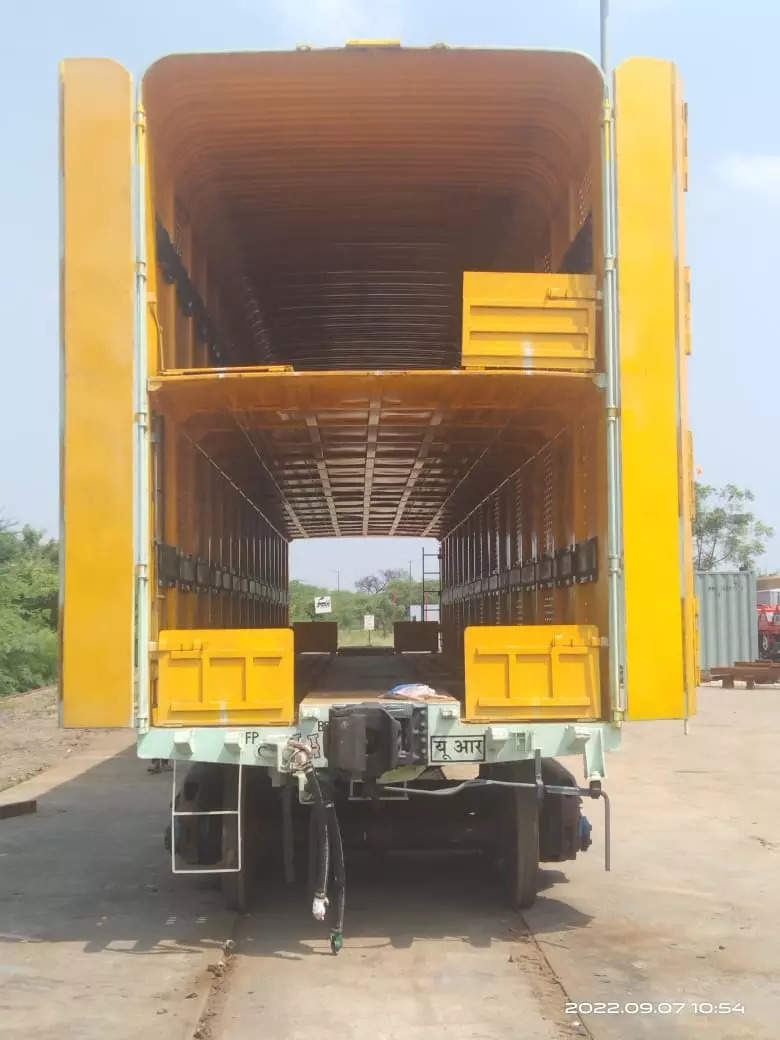
The Indian Railways, which remains the cost effective and popular transportation medium for car manufacturers, is likely to introduce redesigned double-decker auto transport wagons in next two weeks.
The wagons, redesigned in line with the industry demand, will help in transportation of more cars, especially sport utility vehicles (SUVs), thereby curbing emission and cutting cost.
“The wagon type ‘ACT1’ (auto car taller wagon) can transport SUVs in both decks, as against the one in use currently which can only load sports vehicles only in one deck,” said Manish Thaplyal, who as executive director, Wagon, in RDSO is credited with redesigning the wagons.
Thaplyal on Thursday took charge as the divisional railway manager (DRM) of Northern Railway, Lucknow division.
The wagons that are currently in use are known as bogie covered bi-level auto car wagons (BCACBM).
The BCACBM wagon has movable deck arrangement which permits loading of small cars in both decks (upper and lower) and SUV’s in only lower decks.
One train with a rake of 27 wagons carries 318 small cars or 135 SUVs.
However, when introduced, a train with one rake of 33 ACT1 wagons will have the capacity to carry 330 small cars or 264 SUVs.
“The induction of such trains can off load large numbers of trucks from the road resulting in decongestion of highways, reducing carbon footprints and reduction in expenditure of foreign exchange spent on petroleum products. The design was discussed with all stakeholders,” said Thaplyal.
From conceptual design to detail design and prototype manufacturing, the ACT1 has been developed in a short span time of 18 months and already has the permit to run on routes earmarked by Dedicated Freight Corridor Corporation of India Limited.
IVC Logistics Limited (IVCCL), a leading auto car transporter, has shown interest in the ACT1 design.
The prototype testing, oscillation trial, issue of final speed certificate and Statutory CCRS inspection have been completed and the wagon design will be shortly available for series production, said Thaplyal, whose team for the project comprised Giriraj Sharma (deputy director, Wagon), Mansa Hansda, Raj Kumar Gupta, Dinesh Kumar (senior section engineers) and Nikhil Yadav (JE).

